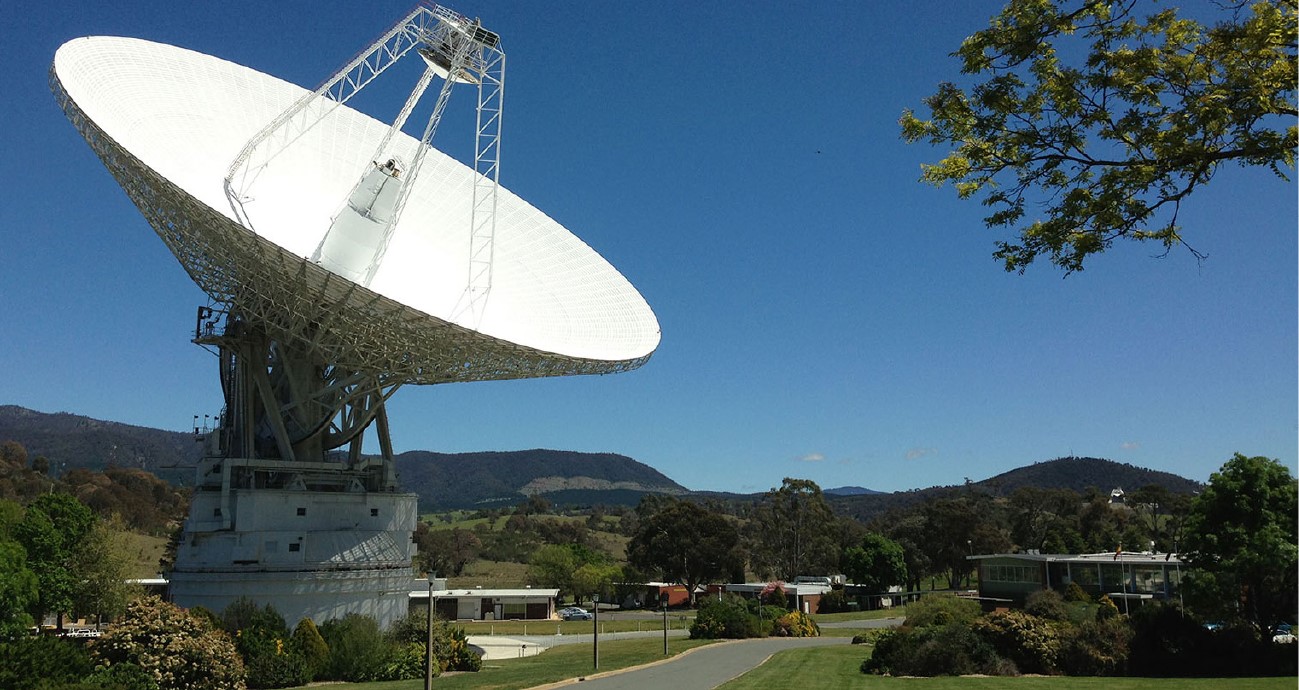
Space communication is a topic that has fascinated humans for centuries. The vastness of the universe and the mysteries it holds have always inspired us to explore and understand more about it. Over the years, scientists and engineers have developed incredible technologies to enable communication in space. From sending signals across vast distances to capturing images of distant galaxies, space communication plays a crucial role in advancing our knowledge of the cosmos.
In this article, we will delve into the fascinating world of space communication and discover nine intriguing facts about how we communicate with objects in space. These facts will not only amaze you but also give you a glimpse into the incredible achievements and ongoing efforts in the field of space exploration. So, gear up for an exciting journey as we explore the wonders of space communication!
Key Takeaways:
- Space communication can take minutes, hours, or even years for signals to reach Earth, making it a fascinating and time-consuming process in exploring the universe.
- The Deep Space Network, radio waves, and international collaboration are vital for space communication, enabling us to gather valuable data and unlock the mysteries of space.
Signals from space can take minutes, hours, or even years to reach Earth.
Space communication involves transmitting signals to and from objects in outer space. Due to the vast distances, it can take a significant amount of time for these signals to reach Earth. For example, signals from Mars can take anywhere from 3 to 22 minutes to arrive, depending on the positions of the two planets in their respective orbits.
Deep Space Network is a vital communication system for space exploration.
The Deep Space Network (DSN) is a network of antennas spread across three locations on Earth that enables communication with spacecraft in deep space. Operated by NASA, the DSN is responsible for tracking and receiving data from various missions, including those exploring our solar system and beyond.
Space communication relies on radio waves.
Radio waves are the primary means of communication in outer space. Spacecraft and satellites use radio frequency bands to send and receive data, allowing scientists and engineers to monitor and control missions, transmit scientific data, and even communicate with astronauts aboard the International Space Station.
Interplanetary Internet could be the future of space communication.
As space exploration expands, the need for more efficient communication systems arises. Interplanetary Internet aims to create a network that can connect spacecraft across vast distances, allowing for real-time communication and data sharing. This technology could revolutionize how we communicate with missions in deep space.
Space communication faces challenges from cosmic radiation.
Cosmic radiation, which consists of high-energy particles from outer space, can disrupt and interfere with space communication signals. Engineers and scientists have to design communication systems that can withstand these radiation effects to ensure reliable communication with spacecraft and satellites.
The Voyager spacecraft are still sending signals back to Earth after more than four decades.
The Voyager 1 and Voyager 2 spacecraft, launched in 1977, continue to explore the outer reaches of the solar system. These remarkable spacecraft are still operational and sending valuable data back to Earth, demonstrating the longevity and resilience of space communication systems.
Space communication is essential for space exploration and scientific research.
Without reliable communication systems, it would be nearly impossible to explore deep space and gather scientific data from distant celestial bodies. Space communication enables the transmission of critical information that helps us understand the universe, discover new planets, and unlock the mysteries of space.
Optical communication offers faster data transmission in space.
While radio waves are commonly used for space communication, optical communication using lasers offers the potential for much higher data transmission rates. By using lasers to transmit data as light signals, scientists are exploring faster and more efficient ways to send and receive information in space.
Space communication is a collaborative effort among multiple countries.
Space exploration and communication involve the collaboration of various international space agencies. From sharing data and resources to coordinating missions and spacecraft tracking, countries around the world work together to ensure effective and successful space communication.
In conclusion, these 9 fascinating facts about space communication demonstrate the complexity and significance of this field. From the time it takes for signals to travel across vast distances to the technological advancements shaping the future of space communication, we continue to push the boundaries of our understanding of the universe. As we explore further into space, reliable and efficient communication systems will play a critical role in expanding our knowledge and unlocking the secrets of the cosmos.
Conclusion
Space communication is a fascinating field that continues to push the boundaries of our knowledge and technology. From early radio signals to advanced satellite systems, the methods we use to communicate in space have evolved significantly over the years.
As we explore further into the vastness of the universe, our ability to communicate with spacecraft and distant planets becomes crucial. The challenges we face in space communication, such as signal delay and interference, require innovative solutions and cutting-edge technology.
By understanding the intricacies of space communication, we can continue to expand our horizons and gather invaluable data about the cosmos. Whether it’s gathering scientific data, transmitting images from probes, or communicating with astronauts on the International Space Station, the world of space communication is truly awe-inspiring.
As we continue to explore outer space, the importance of efficient and reliable space communication will only grow, allowing us to unravel the mysteries of the universe and potentially discover new worlds beyond our own.
FAQs
1. How do we communicate with spacecraft in space?
Spacecraft communication is typically achieved using radio waves. Commands and data are sent to the spacecraft via radio signals, and the spacecraft transmits its findings or status back to Earth using the same method.
2. How long does it take for signals to travel from Earth to spacecraft?
The time it takes for signals to travel from Earth to spacecraft varies depending on the distance. For example, it takes about 8 minutes for a signal to reach Mars from Earth when the two planets are at their closest point.
3. How do astronauts communicate in space?
Astronauts communicate with Mission Control and their fellow crew members using a combination of radio communication and video conferencing systems. They can also communicate with Earth via email or live interviews during missions.
4. Are there any challenges in space communication?
Yes, space communication faces challenges such as signal interference, signal degradation over long distances, and signal delay due to the vast distances between Earth and spacecraft. Scientists and engineers work tirelessly to overcome these challenges.
5. How do satellites help in space communication?
Satellites play a vital role in space communication by relaying signals between Earth-based communication systems and distant spacecraft. They act as communication hubs, enhancing the range and efficiency of communication in space.
Space communication continues to captivate our imaginations, pushing boundaries of what's possible. Incredible advancements in technology have enabled us to send signals across vast distances, connecting Earth with distant spacecraft exploring far reaches of our solar system. From groundbreaking systems that facilitate interplanetary communication to mind-boggling facts about challenges faced in transmitting data through cosmos, there's still so much more to learn. If you're eager to expand your knowledge even further, check out our articles on astounding space communications systems and extraordinary facts that will leave you in awe.
Was this page helpful?
Our commitment to delivering trustworthy and engaging content is at the heart of what we do. Each fact on our site is contributed by real users like you, bringing a wealth of diverse insights and information. To ensure the highest standards of accuracy and reliability, our dedicated editors meticulously review each submission. This process guarantees that the facts we share are not only fascinating but also credible. Trust in our commitment to quality and authenticity as you explore and learn with us.


